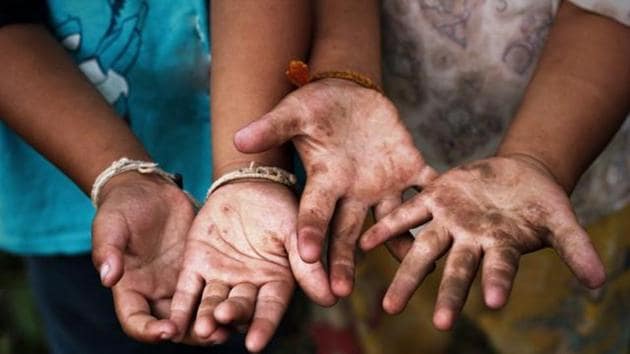Govt releases ‘child vulnerability map’ to depict problems faced by kids across India
A district-wise map depicting problems facing children across the country was released by the ministry of women and child development as a part of the National Plan of Action for Children on Tuesday..
A district-wise map depicting problems facing children across the country was released by the ministry of women and child development as a part of the National Plan of Action for Children on Tuesday.

Prepared by NGO Childline India Foundation, the ‘Child Vulnerability Map’ covers 409 of total 678 districts in the country. It highlights vulnerabilities like child marriage, child trafficking, missing and runway children, child labour, children affected by civil unrest, child sexual abuse, dropouts and low literacy rate, malnutrition, foeticide, HIV and AIDS affected children.
Odisha, West Bengal, Bihar, Jharkhand and Maharashtra have been highlighted on the map as child trafficking-prone states, while are Maharashtra, Madhya Pradesh, Uttar Pradesh and Chhattisgarh as worst-affected by malnutrition. Northeastern states, including Arunachal Pradesh, Assam, Manipur, Nagaland and Mizoram, have fared poorly in tackling child malnutrition.
“This is a planning tool. District officials will be able to match various government services designed for children with the issues prevalent in that area,” said an official from NGO Childline.
A digital version of the map is also in the offing.
The National Action Plan defines objectives, strategies, action points and indicators for measuring progress under its four priority areas -- survival, health and nutrition; education and development; protection and participation. It also identifies stakeholders for the implementation of different strategies.
The plan also puts focus on new and emerging concerns for children, such as online child abuse, children affected by natural and man-made disasters and climate change





